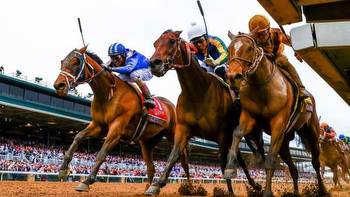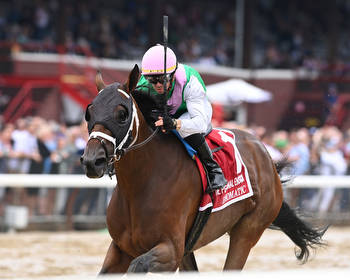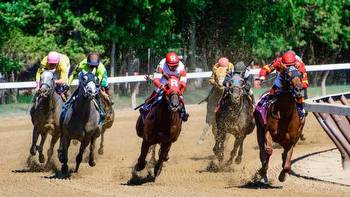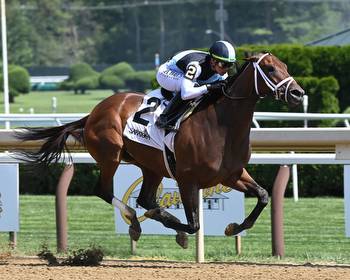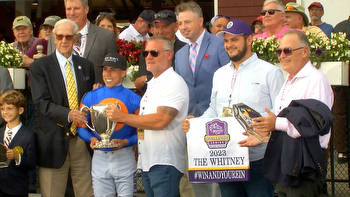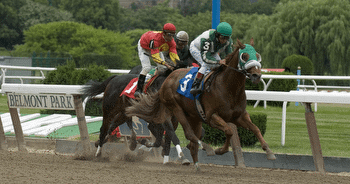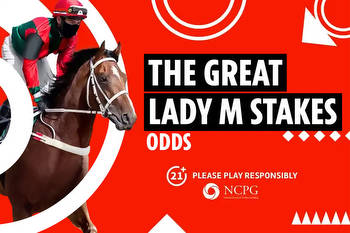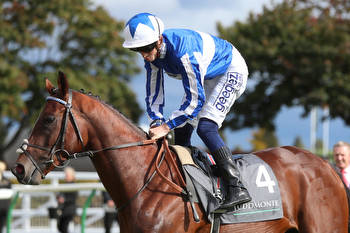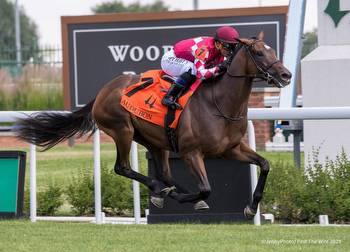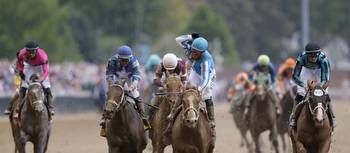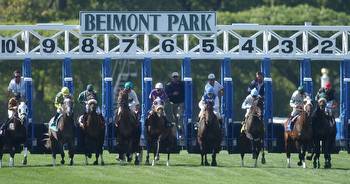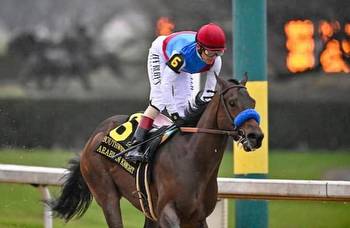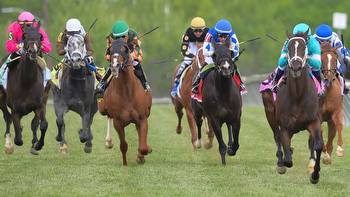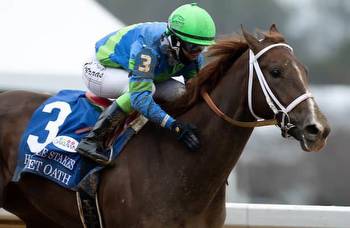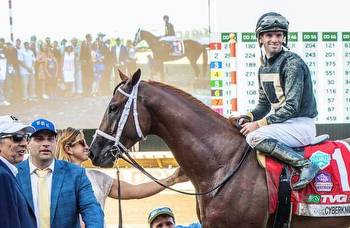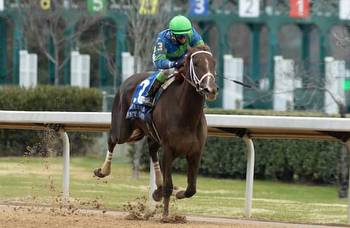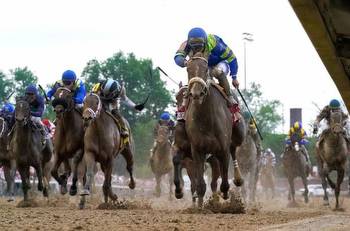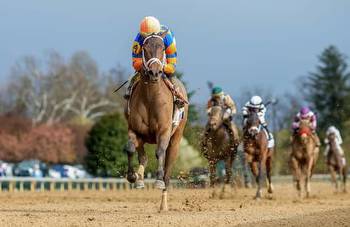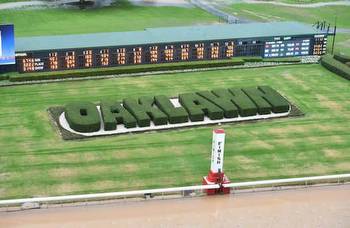Why seemingly good trips can actually be bad
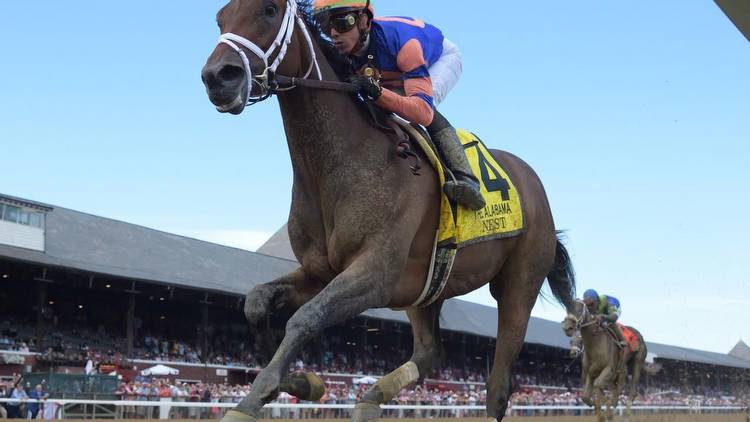
In horse racing, the simplest form of a “bad trip” is racing wide and losing ground against a rail-skimming rival. Often ground loss can mean the difference between victory and defeat.
But on the other hand, saving ground doesn’t automatically constitute a good trip. Depending on the horse and the specifics of a given race, a ground-saving trip can be worse than racing wide, especially if the horse is saving ground off the pace.
Saving ground can be problematic for a number of reasons:
- Some horses are uncomfortable racing inside or behind rivals and thus won’t run as well if they’re saving ground off the pace.
- Saving ground within the pack leaves a horse with fewer options for advancing at strategically suitable moments. Waiting in traffic around the far turn while a key rival swoops to the lead on the outside can lead to defeat even when victory was possible.
- Attempting to rally up the inside in the homestretch can be tricky business. Often the opening inside of the leader(s) is small, and not every horse will advance through the gap with confidence.
Recognizing these subtly bad trips can lead to profitable betting payoffs. In the 2016 Chandelier (G1), a prominent prep for the Breeders’ Cup Juvenile Fillies (G1), the accomplished Sorrento (G2) winner Champagne Room was clearly uncomfortable racing inside and between rivals for most of the race, tossing her head while under hard restraint from her jockey. Worse, she was shuffled back in traffic around the far turn, losing an opportunity to advance at a key point in the race.
Champagne Room ultimately finished fourth by 5 1/2 lengths. One month later, she got a favorable outside trip tracking a slow pace in the Breeders’ Cup Juvenile Fillies and rebounded to win at 33-1.
A similar scenario unfolded in the 2022 Kentucky Oaks (G1). Nest was favored to win off a dominant victory in the Ashland (G1), but after saving ground for most of the race, she had to wait in traffic around the far turn while key rival Secret Oath launched a sweeping outside rally to seize command. By the time Nest found racing room, it was too late to catch Secret Oath, and she settled for second place by two lengths.
At first glance, there was nothing wrong with Nest’s trip. But if she’d been racing in the clear, she could have responded to Secret Oath’s sweeping move and quite possibly won the race. It’s worth noting Nest and Secret Oath met three more times in 2022, and Nest finished ahead of her rival every time, including when they ran 1-2 in the Coaching Club American Oaks (G1) and Alabama (G1). Bettors who played the logical Nest/Secret Oath exacta in both those races were rewarded with payoffs of $50 and $82 for every $20 bet.
Another example is Far Bridge. After winning maiden and allowance races in impressive fashion, he stepped up in class for the American Turf (G2) and wound up rallying through tight quarters along the inside, finishing second by a nose against Webslinger. At first glance, it was a perfect trip, but might Far Bridge have reversed the outcome if he’d had a little more room to rally down the lane?
Far Bridge subsequently finished second to Kalik in the Pennine Ridge (G2) after getting shuffled back in traffic around the far turn and blocked while trying to rally inside at the top of the stretch, a more visible bad trip. Thus, it wasn’t too surprising to see Far Bridge turn the tables on Webslinger and Kalik when receiving an unencumbered trip in the Belmont Derby (G1). After saving ground early, Far Bridge shifted cleanly outside for the homestretch drive and rallied to win by one length at odds of 3.35-1.
Whether you’re watching races live or reviewing replays, be sure to watch for tricky inside trips like these. As horses like Champagne Room, Nest, and Far Bridge illustrate, recognizing when seemingly good trips are actually bad can be the key to catching nice payoffs.

